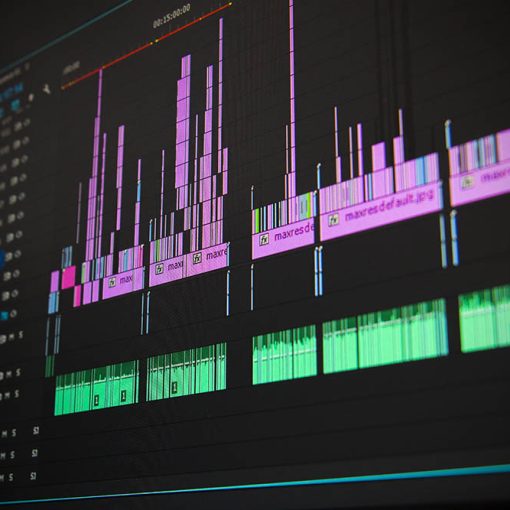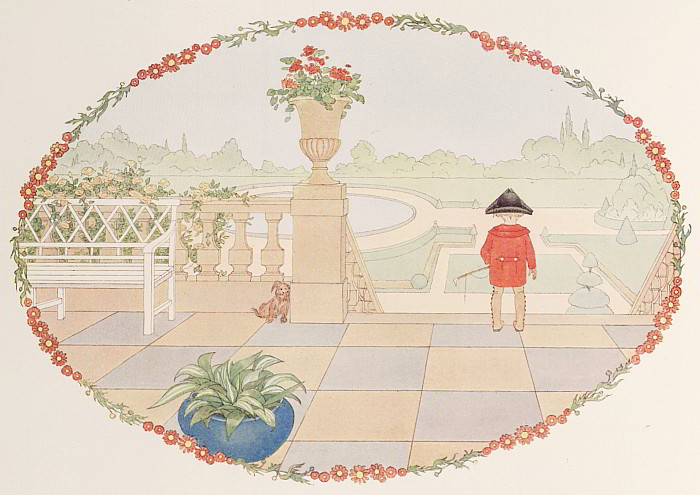Click on any of the music scores to view/print higher resolution versions
This guide will show you how to play simple arrangements of “O Christmas Tree” (also known as “O Tannenbaum”).
Introduction
Here, O Christmas Tree is written and played in the key of F Major, and has a 3/4 time signature.
Main Melody
Notice that the song is constructed from two phrases. The first phrase is played, then repeated. Then the second phrase is played. Finally, the first phrase is played again.
Here are the melody notes you need to play:
C | F F F G | A A A A | G A Bb E | G A C |
F F F G | A A A A | G A Bb E | G A C |
C A D C | C Bb Bb Bb | Bb G C Bb | Bb A A C |
F F F G | A A A A | G A Bb E | G A |
Here’s the complete melody written out:
Here’s what it sounds like:
Single Note Bass Line
Below is a simple bass line for the song using just one note at a time. Most of the time you simply play a dotted half note (dotted minim) per bar.
You can see just how simple the accompaniment is. It comprises of a low F and a higher C. You can leave your left hand in position over those two notes, playing the low F with your little (5th) finger and the high C with your thumb.
Here’s the printed music:
And here’s what it sounds like:
Extended Bass Line and Chords
Here’s a full version of O Tannenbaum with an enhanced bass line and right-hand chords.
The rhythm of the bass line has changed so every bar (except the final one) has a half note (minim) followed by a quarter note (crotchet).
You’ll notice that the harmony in the first and second lines is identical. It’s the final line that has an alternative harmony, with slightly more changes in the bass and in the chords, to give a distinctive to the end of the piece.
If the variety of chords on the last line looks a little daunting, you might want to practice the transition between them.
In particular, look out for the change from the C minor chord at the end of that first bar and the F# diminished chord in second inversion (has the C at the bottom) at the start of the next bar. In actual fact, it’s easier to play than to describe the chord name! If you play the C minor chord with your thumb, index and ring fingers, then keep your thumb over the C and play the F sharp with your middle finger and A with your little finger, you get a smoother transition.
Here’s the printed music:
And here’s what it sounds like:
We hope you found this guide useful. Feel free to leave comments below if you have any questions or suggestions.







